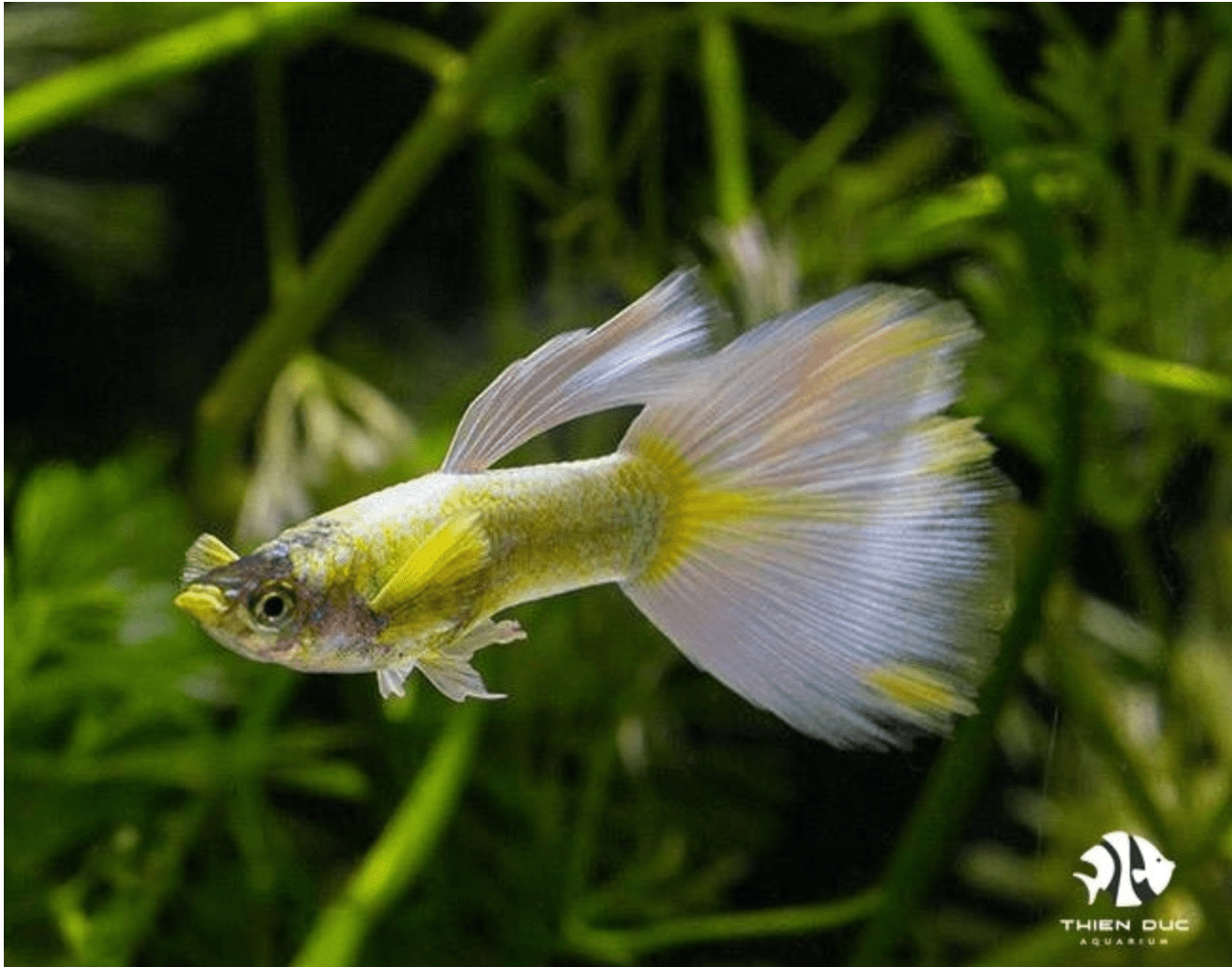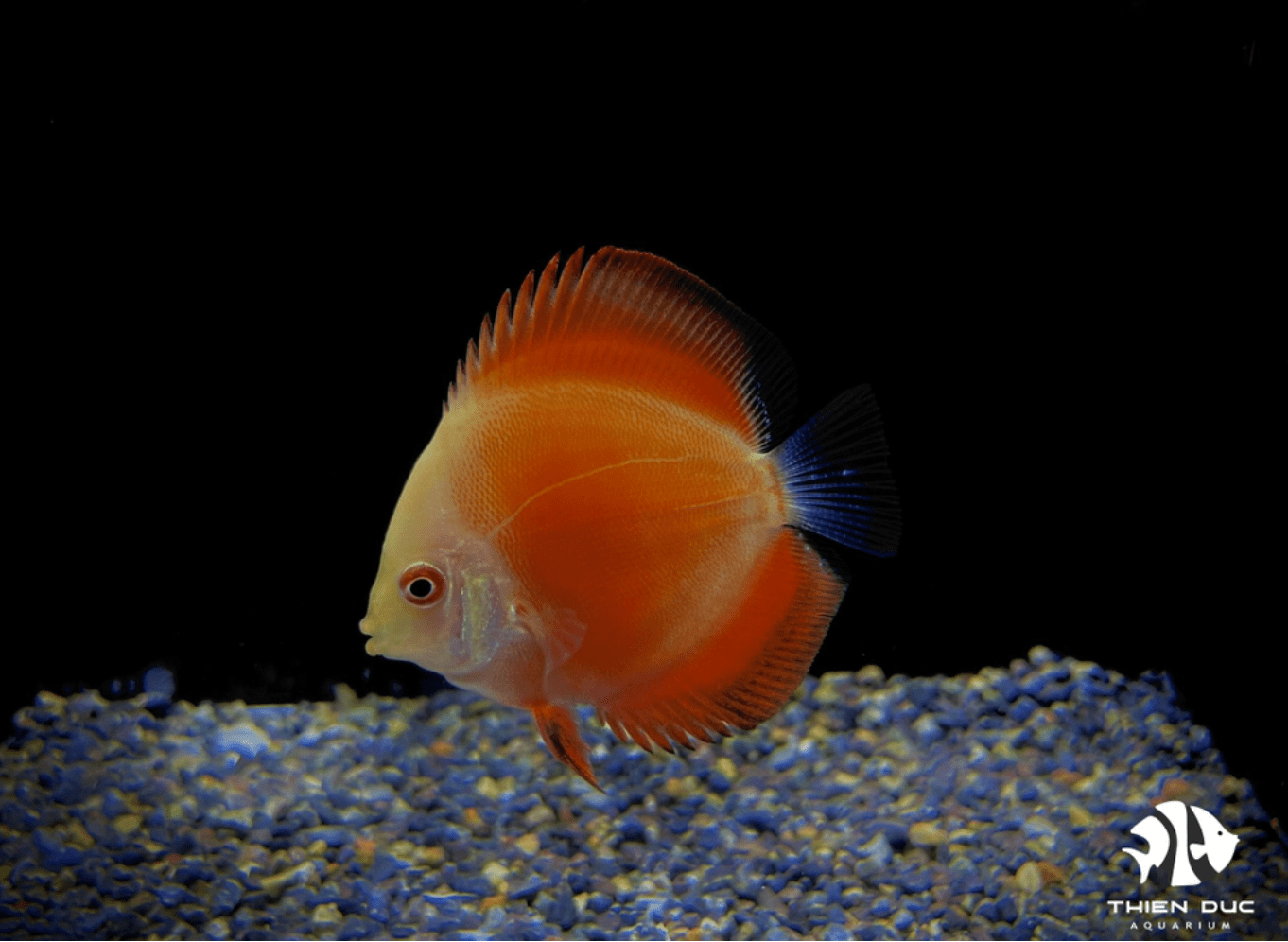Flowerhorn Cichlid Exporter - Your Guide to Exporting Fish
The global popularity of the Flowerhorn cichlid presents a significant opportunity for breeders and aquatic businesses. However, success in the international market requires expertise in logistics, regulations, and specialized fish care. As a leading Flowerhorn Cichlid Exporter from Vietnam, THIENDUC AQUARIUM has created this guide to demystify the process. We'll walk you through the meticulous planning and best practices required to ship these prized fish from our tanks to your customers' doors.
Understanding the Market & Your Product
Identifying Key Markets
Before exporting your first shipment, understanding your target market is crucial. The European Union, including countries like the United Kingdom, France, Germany, and the Netherlands, represents a sophisticated and high-value market. European hobbyists are discerning; they appreciate unique colour patterns, impressive "koks" (nuchal humps), and, above all, impeccably healthy fish. They are often willing to invest in premium specimens, but they demand transparency and quality from their suppliers.
At THIENDUC AQUARIUM, we have tailored our processes to meet these high standards. Established in 2012 in Ho Chi Minh City, our specialization in freshwater ornamental fish production has prepared us to serve demanding markets. We understand that what appeals to one region may differ in another, but a foundation of health and genetic quality is universally valued. A successful Flowerhorn Cichlid Exporter must be attuned to these market preferences to thrive.

What Makes a Flowerhorn "Export Quality"?
Not every Flowerhorn is suitable for the rigours of international travel or the expectations of a premium market. An "export quality" fish is the pinnacle of health, genetics, and aesthetics.
-
Health is Paramount: This cannot be modified. The fish must be active, alert, and free from any signs of disease, parasites, or stress. Clear eyes, steady breathing, and a healthy appetite are key indicators. Our quarantine and health management protocols ensure every fish meets this standard.
-
Physical Attributes:
-
Kok (Nuchal Hump): This is the Flowerhorn's crowning glory. A large, well-proportioned, and prominent kok is highly desirable.
-
Color: The colours should be vibrant, intense, and clearly defined. Faded or muddled patterns will not command a high price.
-
Pearls & Flower Line: The iridescent "pearl" scales and the distinctive black "flower" markings along the lateral line should be clear, extensive, and well-defined.
-
Body Shape: The body should be robust, symmetrical, and free from any deformities. A strong, proportional body indicates good genetics and proper rearing.
-
Fins: All fins, especially the dorsal and caudal fins, should be full, flowing, and undamaged.
-
Grading Your Fish
To communicate value effectively, a grading system is essential. While systems vary, they generally range from Grade A (good quality) to AA and AAA (premium or show quality). This grading is determined by the combination of the physical attributes listed above. Clear, high-quality photos and videos are crucial for showcasing your graded fish to potential EU buyers, building trust and justifying your pricing structure.
Pre-Export Preparation: Setting Up for Success
Sourcing & Breeding
The journey to an export-quality Flowerhorn begins long before it's packed in a box. It starts with a healthy, genetically strong breeding stock. At THIENDUC AQUARIUM, we leverage our extensive network, which includes not only farm-bred fish but also wild-caught specimens from across Southeast Asia. This diverse genetic pool allows us to produce robust and unique Flowerhorns. Maintaining optimal water conditions—stable pH, zero ammonia and nitrites, and consistent temperature—along with a high-protein diet is fundamental to raising fish that can withstand the stress of shipping.

Management of Health and Quarantine
A dedicated quarantine system is the bedrock of any reputable Flowerhorn Cichlid Exporter. Every fish selected for export must be moved to a separate quarantine tank. This system serves two purposes: it allows for close observation to ensure the fish is completely healthy, and it prevents any potential cross-contamination with the main stock. During this period, which can last from one to two weeks, we conduct preventive treatments if necessary and ensure the fish is eating well and displaying normal behaviour.
Conditioning Fish for Travel (Crucial Step)
This is perhaps the most critical stage of pre-export preparation.
-
Fasting: Fish must be fasted for a minimum of 24-48 hours before packing. This simple step is vital. It clears their digestive tracts, significantly reducing the amount of waste (ammonia) they will excrete in the sealed shipping bag. High ammonia levels are toxic and a primary cause of death during transit.
-
Stress Reduction: It's important to reduce stress. The environment around the conditioning tanks should be calm. Handling should be minimal and gentle. We ensure the water in the conditioning tanks is pristine to give the fish the best possible start to their journey.
The Export Process: Paperwork & Logistics
Navigating international shipping regulations, especially into the EU, requires precision. Any mistake in the paperwork can lead to costly delays or even the confiscation of the shipment. A professional Flowerhorn Cichlid Exporter must master this process.
Essential Documentation
-
Business License/Export Permit: A license from your local government authorizing you to export live animals.
-
Health Certificate: This is a mandatory document for EU customs. It must be issued by a certified aquatic veterinarian or a government authority, officially declaring that the fish have been inspected and are free from specified diseases.
-
Commercial Invoice & Packing List: This document details the buyer and seller, the scientific and common names of the fish, quantities, grade, price per fish, and total value. The packing list specifies the number of boxes and what is in each.
-
Certificate of Origin: Some countries require this to certify that the fish originated from your country.
-
Air Waybill (AWB): This is the contract between the shipper and the airline, containing all the critical flight and tracking information.
Identifying a Trustworthy Shipping Affiliate
You cannot simply mail live fish. You need a freight forwarder who specializes in live cargo. They are invaluable partners who navigate airline bookings, handle documentation, and understand the specific requirements for shipping live animals. Choosing an airline with a proven track record for live animal transport (often referred to as "AVI" cargo) is equally important. They have temperature-controlled holding areas and trained staff to handle such sensitive shipments. This is a service every serious Flowerhorn Cichlid Exporter must invest in.

Coordinating with the Importer
Clear, constant communication with your buyer is essential. They need to be informed of the exact flight details, including the airline and AWB tracking number, so they can arrange for a customs broker and be present at the airport to receive the fish promptly upon arrival. Any documents they need for clearance must be sent in advance.
Packing and Shipping: The Critical Last Steps
The packing method is the final life-support system for the fish. Here, taking short cuts is not an option.
Packing Materials
-
High-Quality Fish Bags: Use thick (3-4 mil) polyethylene bags. Always double or triple-bag to prevent leaks.
-
Insulated Box: A thick-walled Styrofoam or polystyrene box is essential for temperature insulation.
-
Outer Cardboard Carton: This provides structural protection for the Styrofoam box.
-
Temperature Control: 40-hour heat packs or cool packs may be needed, depending on the season and the destination's climate.
The Packing Procedure (Step-by-Step)
The packing process is a race against time and must be done efficiently in a temperature-controlled environment. As an experienced Flowerhorn Cichlid Exporter, we have refined this to a science.
-
Prepare Water: Use clean, conditioned water from the fish's tank, often with a slightly lowered temperature and added stress-reducing agents.
-
Bag the Fish: Carefully place one fish per bag series (one fish inside two or three bags). This prevents injury and ensures enough oxygen per fish.
-
Add Pure Oxygen: The air in the bag is replaced with pure oxygen from a tank, filling about two-thirds of the bag. This is the single most important factor for long-haul flights.
-
Seal Securely: Each bag is sealed individually with rubber bands to be airtight and watertight.
-
Arrange and Insulate: The sealed bags are placed snugly inside the Styrofoam box. Add newspaper or other materials to prevent shifting.
-
Add Temp Packs: If used, activate and wrap heat/cool packs in paper and place them on top of the bags, ensuring they don't directly touch the plastic.
-
Seal and Label: Seal the Styrofoam lid, then the outer cardboard box. Attach all necessary labels clearly: "Live Tropical Fish," "This Way Up," and the full sender and receiver information from the AWB.
Post-Shipment & Customer Relations
Tracking and Communication
Your job as a Flowerhorn Cichlid Exporter isn't over when the fish leave your facility. Provide the importer with the AWB number immediately so they can track the shipment's progress. Follow up on the day of arrival to confirm the fish landed safely and cleared customs without issue. This proactive communication builds confidence and shows you care about the outcome.
Handling DOAs (Dead on Arrival)
Despite best efforts, losses can occasionally happen. A clear, fair DOA policy is crucial for building long-term relationships. Our policy, standard among reputable exporters, requires the customer to send a clear video or photo of the dead fish in the unopened, original bag within a few hours of arrival. This protects both parties. A trustworthy Flowerhorn Cichlid Exporter builds a loyal client base by offering fair resolutions, such as a credit or refund for the lost fish.
Building a Strong Reputation
In the ornamental fish trade, reputation is everything. Consistency in fish quality, accurate grading, professional communication, and reliable packing are what separate a one-time shipper from a long-term international partner. Every successful shipment reinforces your reputation and leads to repeat business and word-of-mouth referrals, which are invaluable in this specialized industry. The goal for any Flowerhorn Cichlid Exporter should be to become a trusted source, not just a seller.
Conclusion
Successfully exporting Flowerhorn cichlids connects our dedicated Vietnamese breeders with passionate EU hobbyists. This complex process demands a commitment to quality and professional execution at every stage. As a premier Flowerhorn Cichlid Exporter, THIENDUC AQUARIUM has the experience to be your trusted partner, delivering not just fish, but health, quality, and peace of mind.
We invite you to partner with us and bring the unparalleled beauty of our Flowerhorns to your market.
Contact Information:
-
Address: 57 Le Thi Sieng, Tan Thong Hoi, Cu Chi, Ho Chi Minh City, Viet Nam
-
Mobile: +84903912501
-
Office: +84982577871
-
Email: thien@thienducaquarium.com










